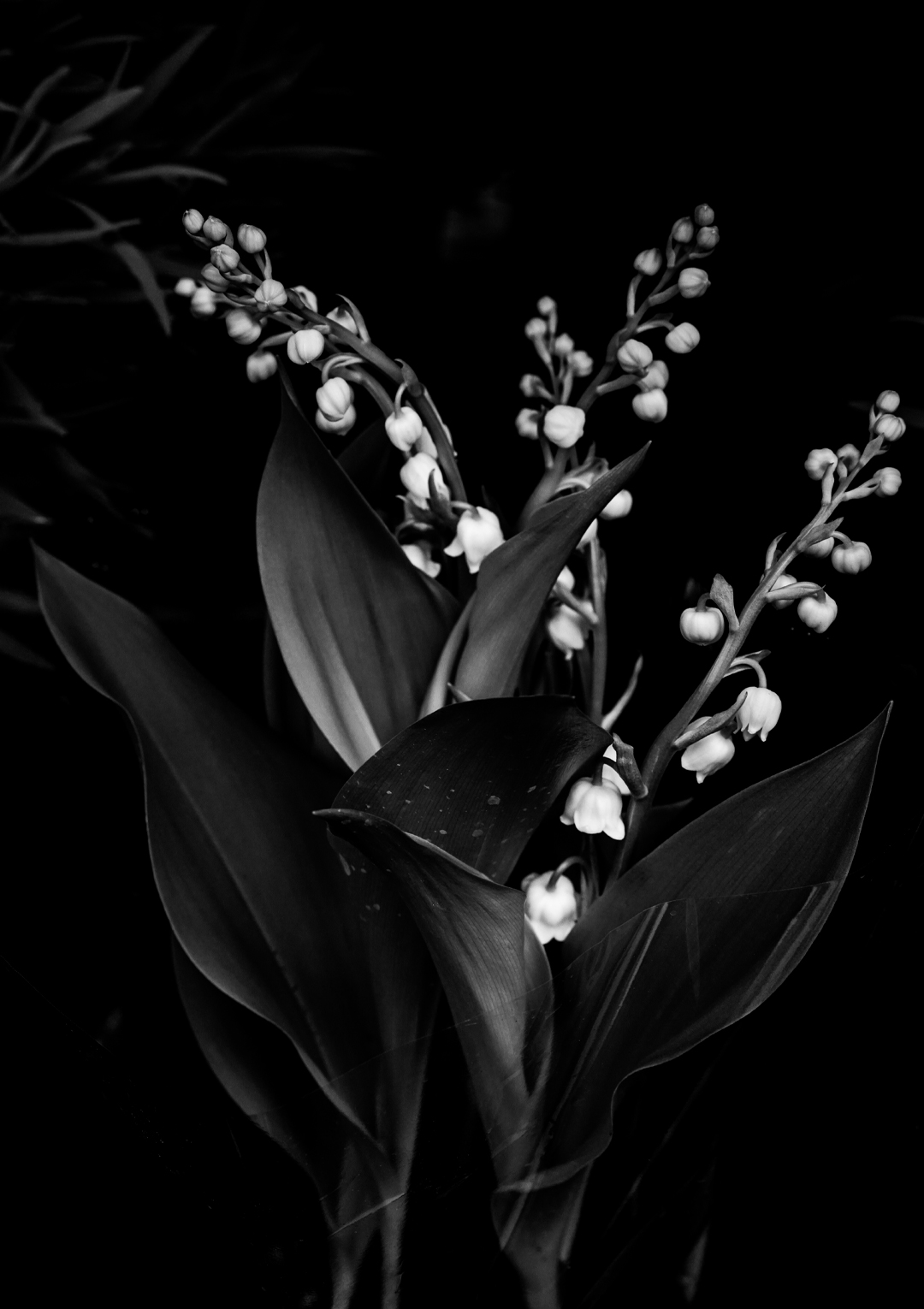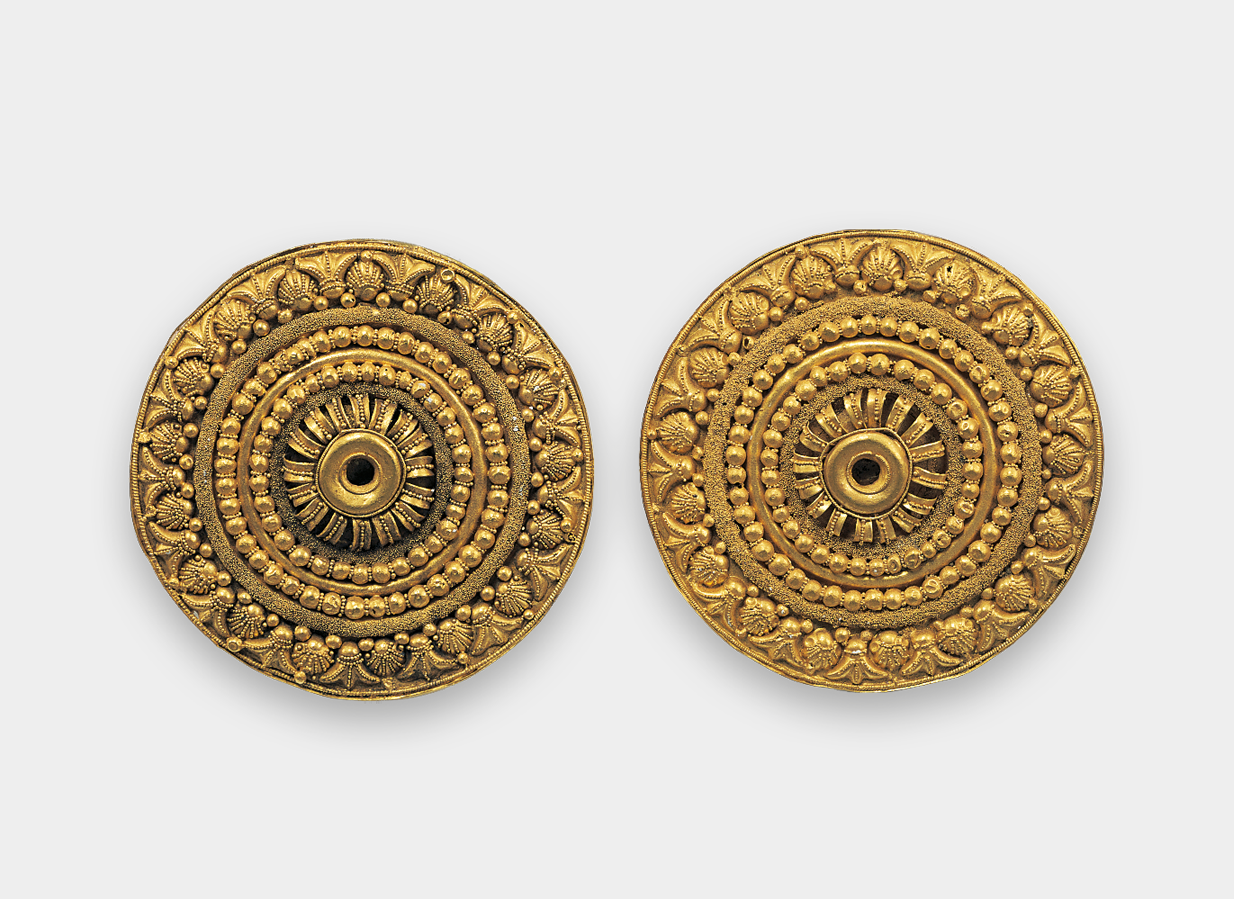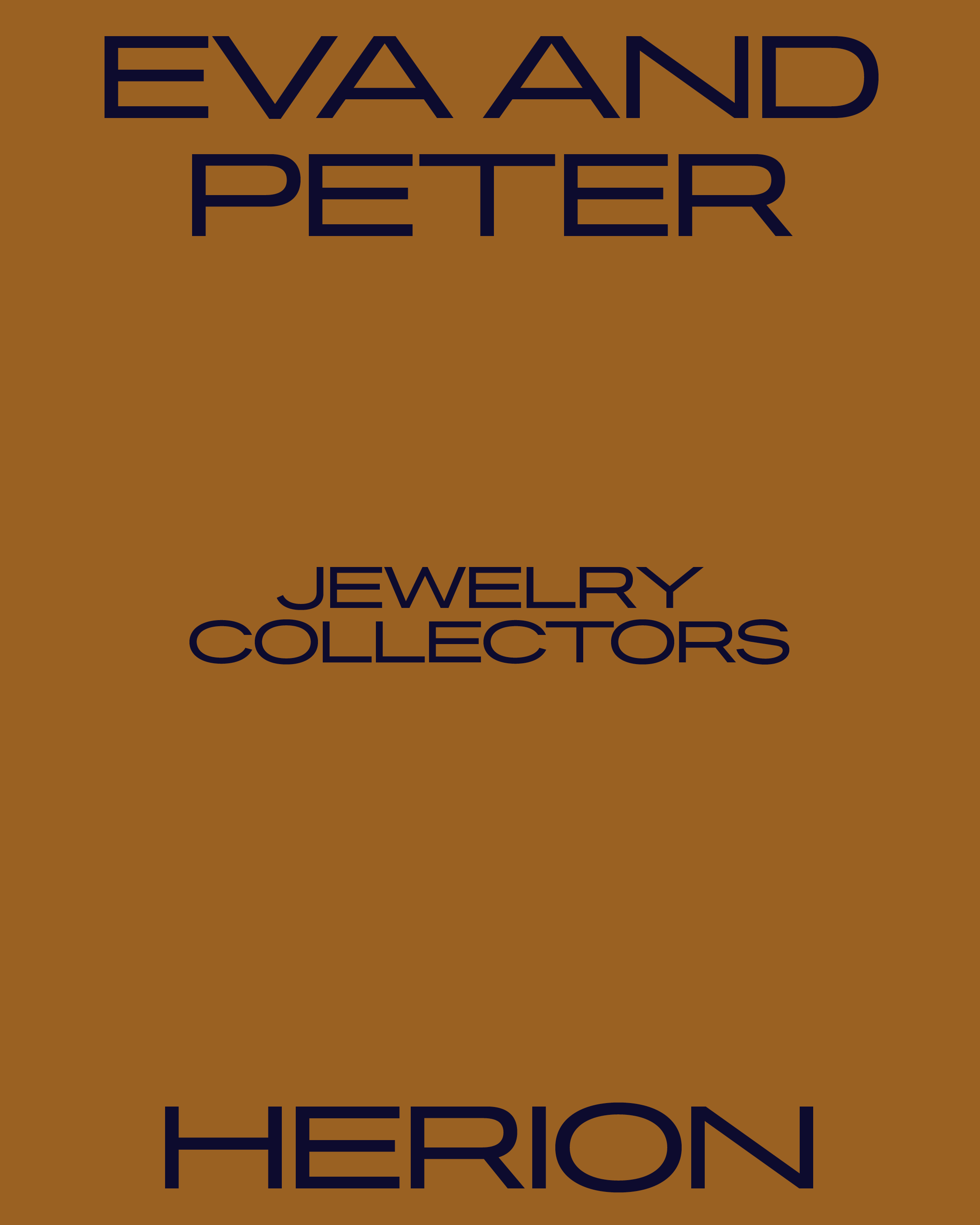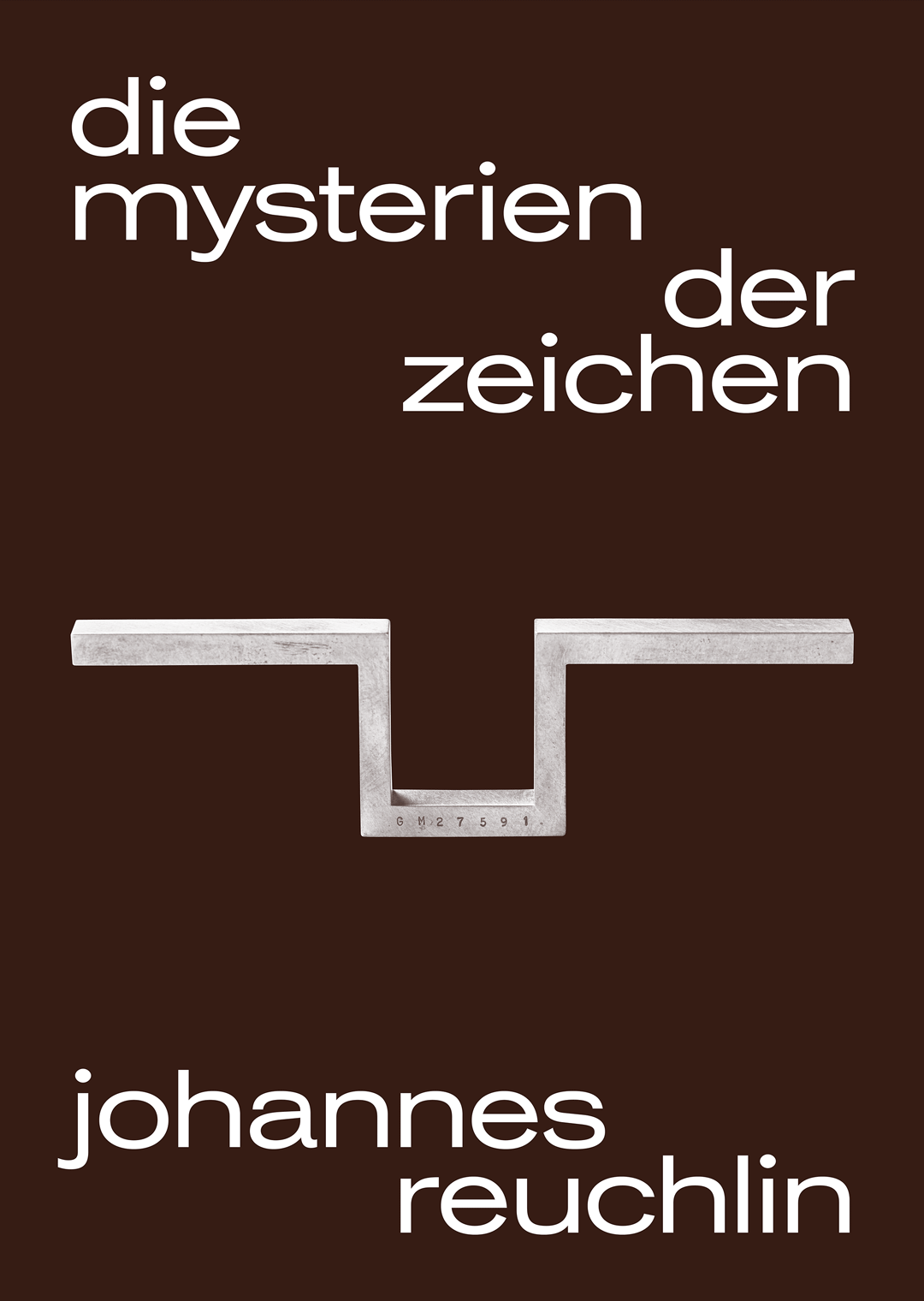The altarpiece is completely engraved in gold and lacquered with opaque and translucent enamel colors. The Virgin Mary dons a white robe with vermilion lining and a contrasting blue neckline, while the Christ Child wears a robe painted in deep red. The angels are dressed in puristic white and blue with their crimson wings fluttering in the background. The predella is replaced with a narrow compartment void of any other relics, although the back of the reliquary pendant is decorated with punched flower and leaf tendrils.
A pendant from the treasury of the Munich Residenz is directly related both in terms of its design and history. In his shrine, Christ is depicted as the Man of Sorrows, above whom two angels hold the crown of thorns. The structure of the case and the figurative composition are almost identical to the reliquary pendant, particularly in terms of dimensions, and both were likely in the possession of the Burgundian dukes at a certain point in time. The artworks are among the rare valuables that have survived from the once immeasurable supply of sacred jewelry art from circa 1400.




